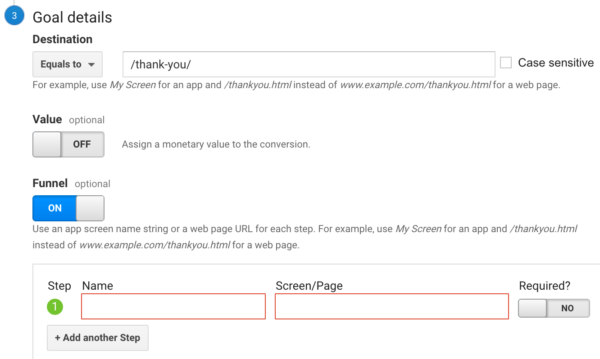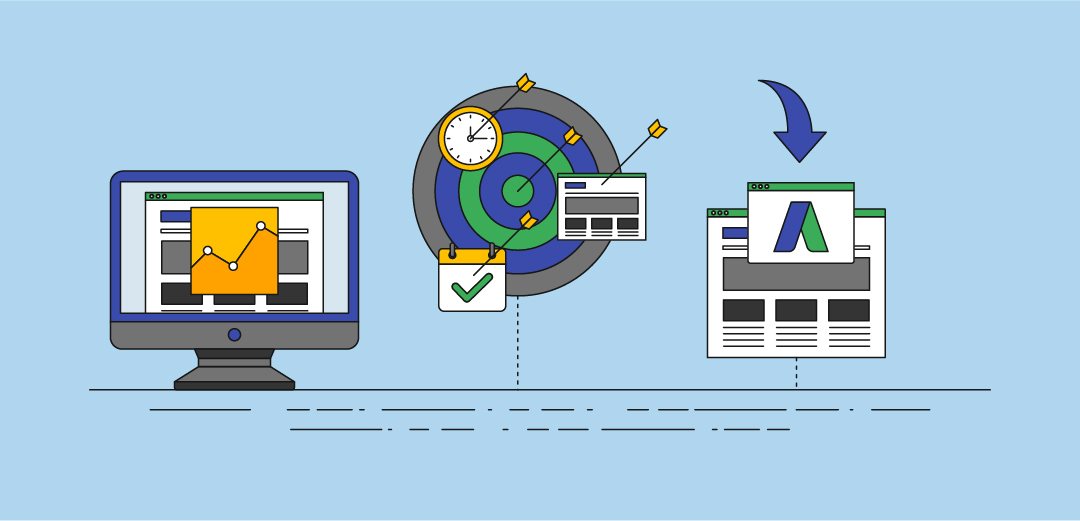Comprehensive List of What Data Is Google Analytics Goals Unable to Track
Comprehensive List of What Data Is Google Analytics Goals Unable to Track
Blog Article
Revealing the Blind Attractions: Understanding What Google Analytics Goals Can not Determine
In the realm of electronic analytics, Google Analytics stands as a powerful tool for monitoring and analyzing on-line customer interactions. Nonetheless, in the middle of its robust abilities, there exist dead spots that usually evade dimension. Understanding what Google Analytics goals can not measure is critical for obtaining an extensive view of user actions and engagement. As we dig into the details of these blind places, we uncover a complicated internet of undiscovered regions that hold beneficial understandings right into user activities and motivations, difficult traditional wisdom and losing light on the restrictions of our data-driven understanding.
Individual Habits on External Platforms
Recognizing how customers interact on exterior platforms is important for maximizing on-line approaches. Exterior systems, such as social media networks, recommendation internet sites, and online forums, play a substantial role in driving traffic to a company's website. By evaluating customer behavior on these platforms, businesses can get valuable insights right into the performance of their advertising initiatives and the choices of their target market.
One trick aspect of customer habits on exterior systems is the recommendation source. By tracking where the users are originating from, businesses can identify which systems are driving the most traffic to their site. This details can aid business assign their sources better, concentrating on the systems that generate the most effective results.

Offline Interactions and conversions
Analyzing individual habits on external platforms offers useful insights into on-line strategies; nonetheless, taking into consideration offline conversions and interactions is equally imperative for a thorough understanding of a company's overall efficiency. While Google Analytics succeeds at tracking on-line interactions, it falls short in catching the complete consumer journey that frequently consists of offline touchpoints. Offline conversions, such as in-store purchases or phone queries, play a substantial role in many services' success. Ignoring these communications can result in a distorted view of the effectiveness of advertising and marketing projects and general company efficiency.

Acknowledgment Beyond Last Click
When diving into the world of electronic advertising analytics, it becomes necessary to look past the solitary touchpoint of the last click for an extra thorough understanding of acknowledgment. While Google Analytics offers useful insights right into user behavior, relying exclusively on last-click attribution can be restricting - what data is google analytics goals unable to track. Acknowledgment versions that go beyond the last click provide a much more nuanced view of the consumer journey, thinking about all the touchpoints that cause a conversion
Acknowledgment past the last click permits marketing experts to designate credit report to numerous communications along the conversion course, giving a clearer image of the effectiveness of various marketing networks. By discovering multi-touch acknowledgment designs such as direct, time degeneration, or position-based attribution, businesses can better assign their advertising budgets and optimize their strategies for maximum impact.
Recognizing the impact of each click here to find out more touchpoint in the conversion process is vital for making informed decisions and maximizing ROI. By accepting attribution beyond the last click, businesses can acquire deeper understandings right into client behavior and tailor their marketing efforts a lot more efficiently.
Cross-Device and Cross-Browser Tracking

In a similar way, cross-browser tracking matches cross-device monitoring by recording individual habits as they switch in between various internet browsers. Understanding exactly how users connect with sites on various browsers can assist marketing experts enhance their online experiences to ensure consistency and functionality throughout different platforms.
Qualitative Data and User Intent
Recognizing user intent with qualitative information evaluation is important for creating targeted electronic marketing methods that reverberate with the needs and preferences of the target audience. Qualitative data offers insights right into the 'why' behind user activities, clarifying motivations, feelings, and choices that measurable information alone can not capture. By assessing user comments, remarks, and communications, marketers can discover important info about individual intent, enabling them to customize their messaging, content, and offerings to better line up with what their audience is looking for.
Qualitative information additionally helps in comprehending the context in which users great post to read involve with an internet site or application. This contextual understanding makes it possible for online marketers to create more customized and relevant experiences, ultimately driving greater interaction and conversion prices. By diving right into customer intent via qualitative information evaluation, organizations can obtain a deeper understanding of their target audience, leading to more reliable advertising methods that meet users' expectations and demands.
Final Thought
In conclusion, Google Analytics goals have constraints in measuring user habits on exterior platforms, offline conversions, attribution past last click, cross-device and cross-browser monitoring, and qualitative data associated with user intent. what data is google analytics goals unable to track. It is crucial for organizations to be familiar with these dead spots in order to supplement their information analysis with various other tools and approaches to acquire a much more thorough understanding of their audience and boost their general electronic advertising and marketing strategies
By assessing user habits on these systems, businesses can acquire valuable insights into the efficiency of their marketing efforts and the preferences of their target audience.
Assessing individual habits on exterior systems gives important insights right into online strategies; nonetheless, thinking about offline conversions and communications is similarly vital for a thorough understanding of a company's total performance.In digital advertising analytics, relocating past last-click attribution to explore cross-device and cross-browser monitoring is necessary for acquiring an all natural understanding of customer interactions across various platforms and tools. By assessing customer feedback, comments, and communications, marketers can reveal valuable details regarding user intent, enabling them to tailor their messaging, material, and offerings to much better straighten with what their target market is looking for.
By diving right into customer intent via qualitative data analysis, organizations can obtain a much deeper understanding of their target audience, leading to more reliable advertising and marketing methods that meet users' needs look at this website and expectations.
Report this page